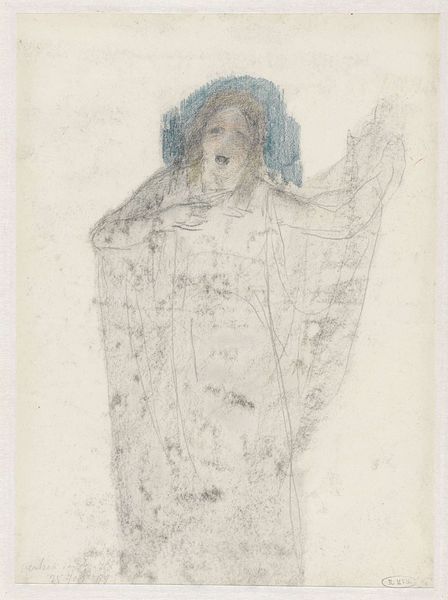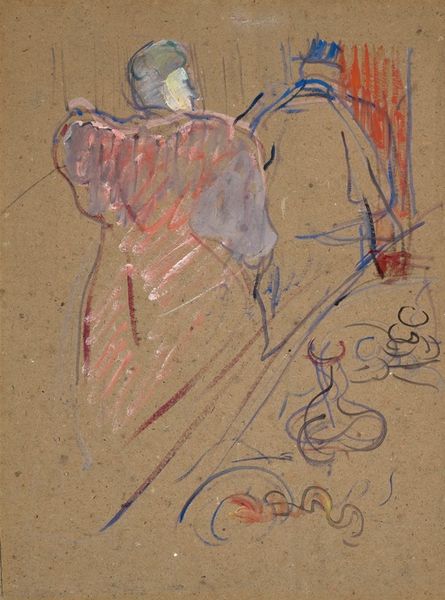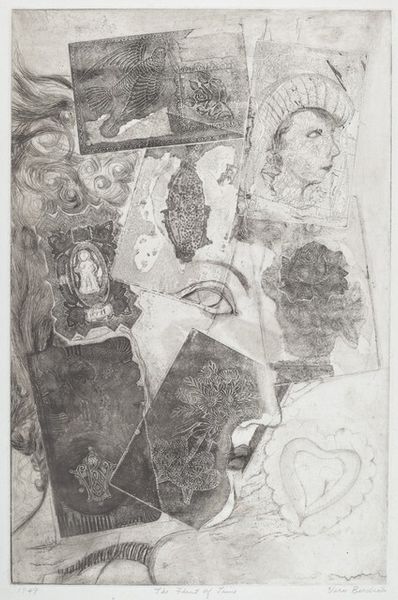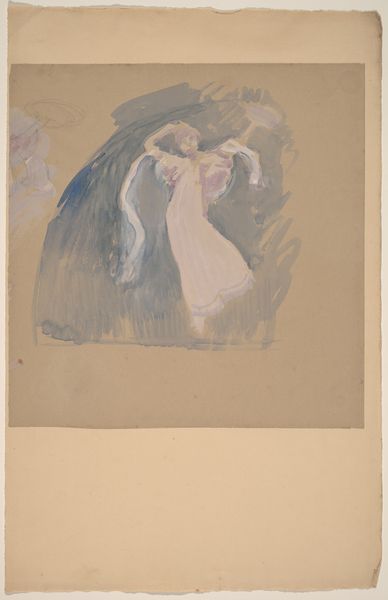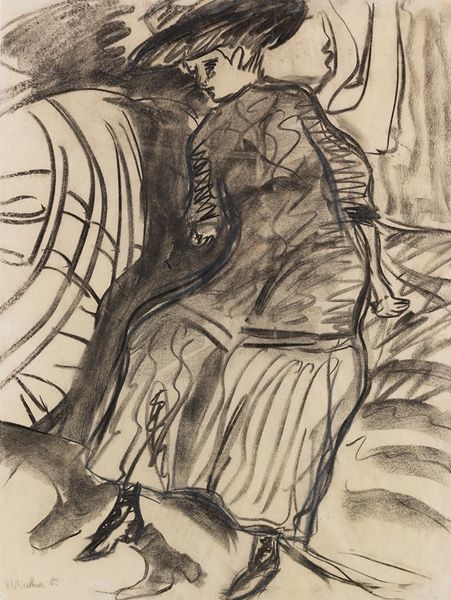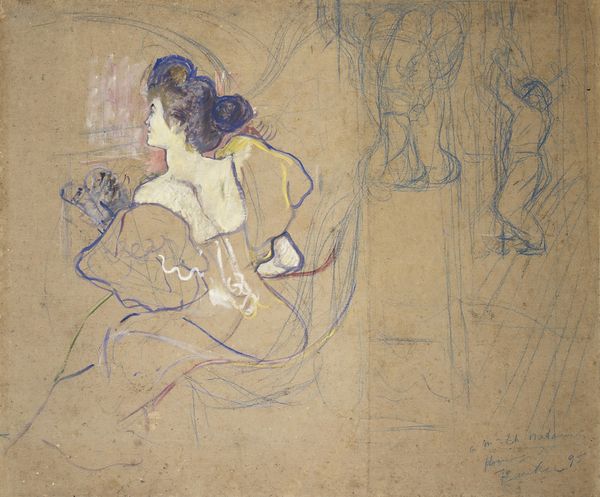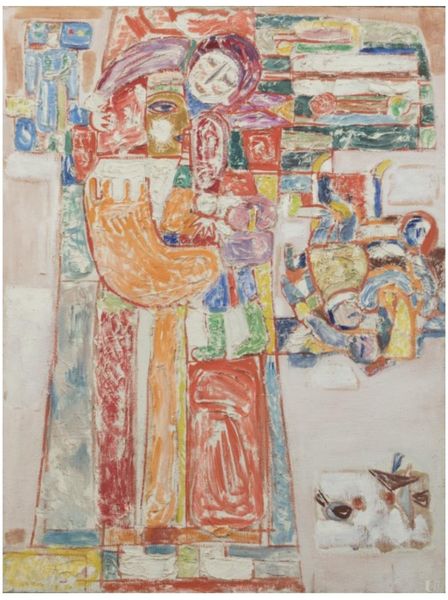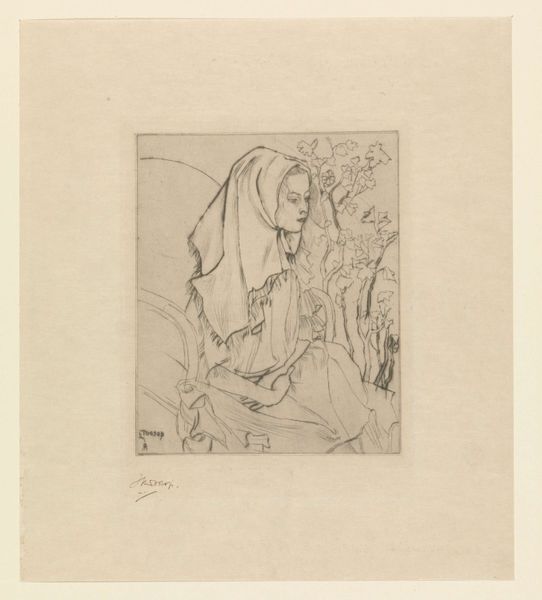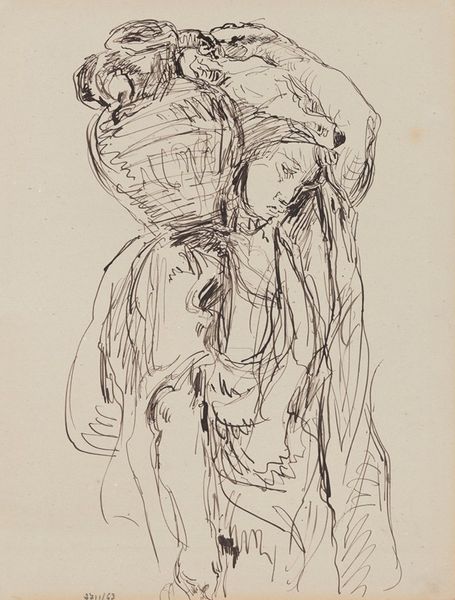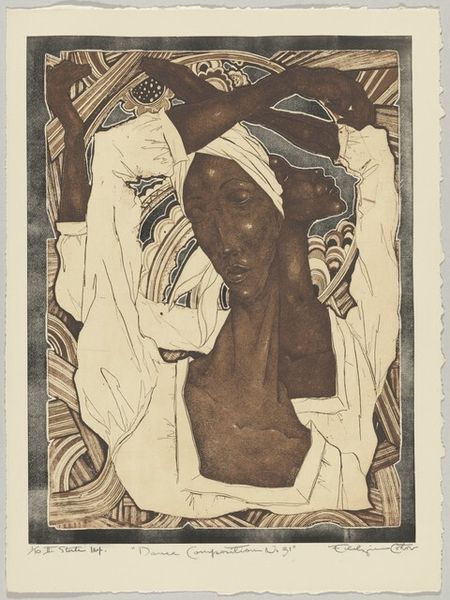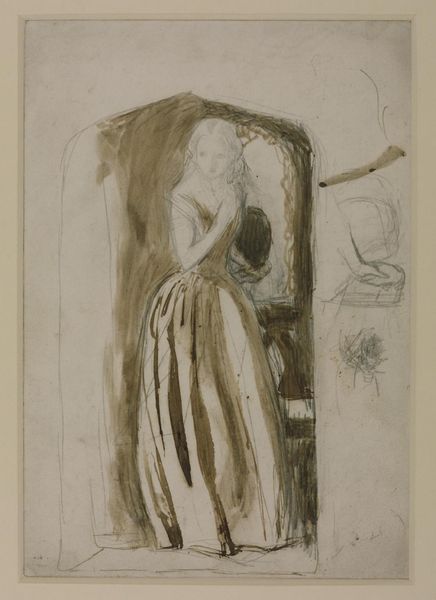
drawing, paper, ink
#
portrait
#
drawing
#
woman
#
art-nouveau
#
charcoal drawing
#
figuration
#
paper
#
ink
#
watercolor
Copyright: Public Domain: Artvee
Editor: We're looking at "Seated Woman – Study for a Poster" by Alphonse Mucha, made in 1897 using ink, watercolor, and charcoal on paper. It’s ethereal, like a dream sketched into reality, and I’m intrigued by the visible layering and corrections. What stands out to you in this preliminary work? Curator: The layering speaks volumes. Notice how the lines, particularly those delineating her dress, are unresolved, almost frantic. It suggests the economic pressures inherent in poster design at the time. Mucha, while celebrated, was producing commercial art. How does this inform our understanding of Art Nouveau's embrace of craft? Editor: So, the 'unfinished' quality hints at the conditions of production? How does Mucha’s choice of materials—ink, charcoal, watercolor—relate to this idea? Curator: Exactly! The fragility of watercolor and the immediacy of charcoal are key. They are quick, relatively inexpensive media, ideally suited for iterative design under tight deadlines. Ink provides structure, yet even it appears fluid here. It's a stark contrast to the preciousness often associated with "high art." Could this challenge traditional class divisions within art? Editor: I see what you mean. It makes me wonder about the skill involved in making something beautiful under such constraints. Almost elevating commercial art. Curator: Precisely! The labor of creation becomes visible, stripping away the mystique surrounding artistic genius. We are forced to acknowledge the material reality of artmaking, blurring boundaries between craft and fine art in this period. Editor: I hadn't considered the economics of it so directly. It's fascinating how the materiality reveals so much about its cultural context! Curator: Indeed. Seeing the means of production embedded within the work changes our perception of it and reminds us of the cultural and economic forces surrounding its making.
Comments
No comments
Be the first to comment and join the conversation on the ultimate creative platform.

